
Assessment piece
Learning outcomes which this assessment is testing
1. Analyse a source document and identify potential textual and cognitive difficulties
2. Demonstrate a sophisticated understanding of the significance of the decisions that have to be made during the process of translation
3. Evaluate key approaches to translation practice by examining their advantages and disadvantages for translation practice
4. Critically assess the strategies needed for appropriate translation in line with communicative needs
Assessment
For the assessment at the end of this module, you will be asked to choose your own source text, and submit a 4000-word final assessment piece, comprising a source text analysis, and a justification of a suitable global strategy/approach to translating it, with reference to appropriate literature.
When it comes to preparing your final assessment piece, you will need to carry out some researching into translating the genre of text that you have chosen, to help inform your global strategy. There are a number of starting points in the book “Text typology and translation” by Anna Trosborg (1997) , for example
• Schäffner on Translating Political Texts (pp.119-144)
• Trosborg on Translating Hybrid Political Texts (pp.145-158)
• Hansen on Translation of Technical Brochures (pp.185-202)
• Bhatia on Translating Legal Genres (pp.203-217)
• Bassnett on Text Types and Power Relations (related to literary translation, pp.87-98)
You do not need to translate the text itself.
Your final submission should cover the following:
1. An overview of the ST you chosen and why you have chosen it
2. A hypothetical but realistic BRIEF or commission or instructions or specifications (Unit 1)
3. A comprehensive analysis of the source text, using approaches covered in units 1-3.
1)Nord’s Translation-Oriented Source Text Analysis (TOSTA)
2) Trosborg’s Text Typology framework
4. A consideration of the findings of your ST analysis in relation to your proposed target text
5. A presentation of the overall approach you have adopted, drawing on the theories, models and resources encountered in Units 5-8 of this module, and/or in further reading you have undertaken. You must argue the case for the adopting the approach you are proposing, considering both advantages and potential disadvantages. Offer examples of the decisions you would take in the light of your chosen approach.
Unit 5:
1) Nord’s two main approaches to a translation, documentary and instrumental
2) Apply Nord’s four-step methodology to planning a translation
Unit 6:
1)’Consciously committed’ approach
2) Venuti’s two global strategies/approaches (Domestication, Foreignisation)
Unit 7:
1) Von Flotow (2020) classifies feminist global strategies into Macrostrategies and Microstrategies.
When discussing examples, you should not assume that the marker will have knowledge languages other than English, so use back translation where appropriate. A ‘back translation’ is a literal translation of the example. Examples might be whole segments, part segments, or words and phrases. We suggest that you present examples in tables, which do not contribute to the word count, providing back translations into English where necessary, for example:
Example number Source text back translation into English if ST is not in English Target text if you are suggesting possible target translations as part of your discussion, give back translation into English if TT is not in English
